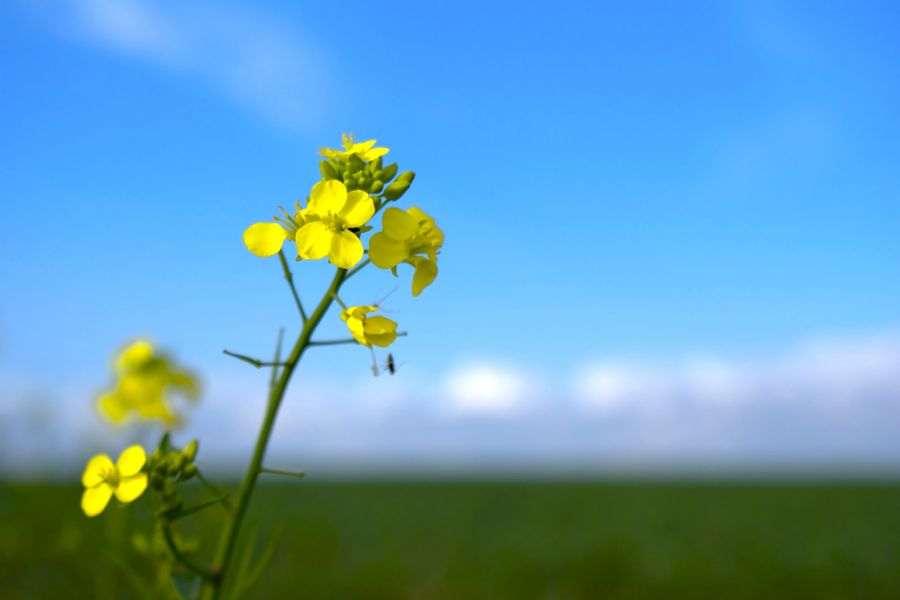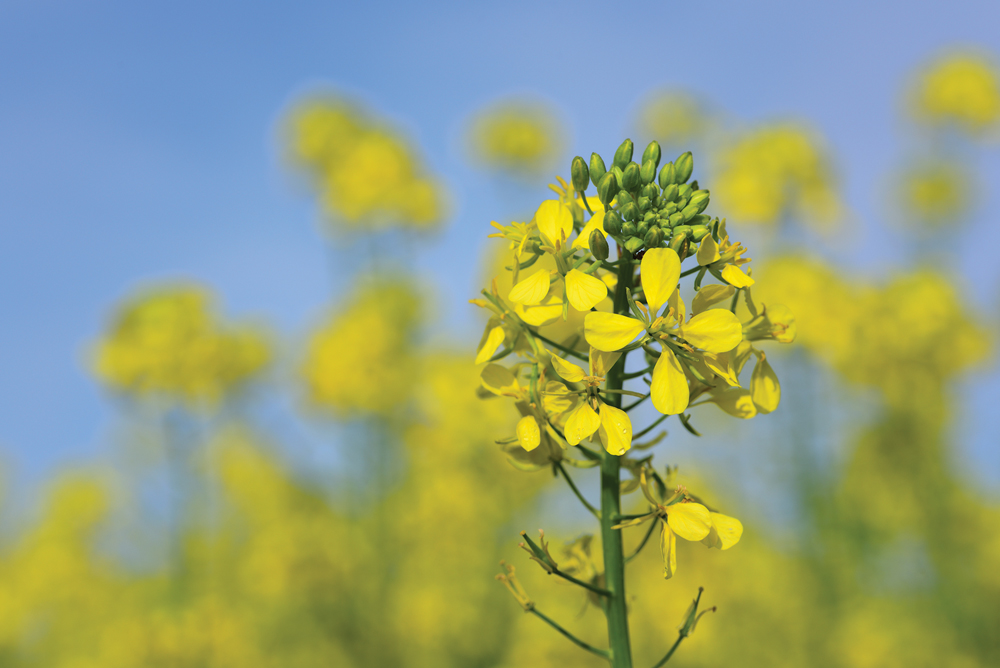The five Manitoba commodity groups proposing to merge have more information for members to consider before they vote on it in person February 12 and 13 during the Crop Connect conference in Winnipeg.
A draft amalgamation agreement and draft bylaws for the new organization are available online (see at bottom), Manitoba Wheat and Barley Growers Association general manager Pam de Rocquigny said in an interview Sept. 19.
Why it matters: Farmers have said they want to know the details of how a larger group will function and seek assurances smaller crops won’t be lost in the mix. The proposed agreement and bylaws spell out this and more.

“We’ve done consultations, we’ve done proposals and now the steering committee has drafted, draft bylaws and the draft amalgamation agreement so that members have an understanding of how the association will be governed,” she said.
The five groups proposing to merge are the Manitoba Corn Growers Association (MCGA), Manitoba Flax Growers Association (MFGA), National Sunflower Association of Canada (NSAC), Winter Cereals Manitoba, Inc. (WCMI) and the Manitoba Wheat and Barley Growers Association (MWBGA)
Merger was first raised five years ago, although some groups have dropped out and new ones joined since then.
The five organizations share an office in Carman owned by the Corn Growers.
Read Also

Mazergroup’s Bob Mazer dies
Mazergroup’s Bob Mazer, who helped grow his family’s company into a string of farm equipment dealerships and the main dealer for New Holland machinery in Saskatchewan and Manitoba, died July 6 from cancer.
After much investigation the groups, that were already co-operating, concluded they could serve farmers better by creating one organization.
It’s possible the draft agreement and bylaws could be revised ahead of the vote if members feel it’s needed, and it makes legal sense, de Rocquigny said.
Bylaws are a balancing act setting out how organizations govern themselves, while providing flexibility to deal with the unforeseen.
The draft bylaws specify there shall be four standing crop committees — wheat and barley, corn, sunflower and flax.
“We wanted those built into the bylaws to signify the importance, and that the steering committee listened to members’ comments that some of the smaller crops their voice might become smaller,” de Rocquigny said. “There are dedicated crop committees focusing on these crops in the organization. That was an important piece to include.”
In addition to the organization’s mandate, the bylaws outline issues around conflicts of interest and confidentiality. Much of it is ‘boilerplate.’
If members of the five groups vote to merge the intent is to be transparent, but there are times when information must remain confidential, de Rocquigny said. One example is when negotiating research agreements.
“Over the coming months we plan to hold two more webinars after the harvest season so if there are any questions about the bylaws or the amalgamation agreement we will detail more of the process,” she said.
Annual meeting dates and locations will be advertised and members will be sent postcards too.
“We want to make sure that everybody is aware of the dates and those types of details because it’s an important issue,” de Rocquigny said. “We hope producers come and make their voice heard next year at Crop Connect.”
The Manitoba Farm Products Marketing Council, which oversees checkoff-funded commodity groups, has set out how the member-votes should be conducted, she said. As a result if members vote to merge it can go ahead without a plebiscite.
Long road
The vote was postponed a year after some members raised concerns that small crops might get less attention in a merged association. That led to the idea of creating the four crop committees.
“I think the revised proposal addressed a lot of the concerns that people had,” de Rocquigny said. “It definitely has been a longer process. It was always the intent of the steering committee and directors involved that they take the time to do it right. They went back and made revisions. That means the vote will happen in 2020, which means we had another year to provide additional information to farmers. Even though it seems like a long process it was intentional in making sure members have as much information as possible so they could make their decision in February 2020 when they come to vote in person at the AGM.”
In the meantime, consultant Rob Hannam ([email protected]) is still collecting feedback from members about the proposed merger, as are directors of the five organizations.
Since the merger plan is based on all five groups coming together, all five must approve it at their respective annual meetings before it can go ahead.
Voting results won’t be released until all the groups have voted.
Formal merger discussions started in 2016 with four of the five current associations — MWBGA, MCGA, MFGA, and the NSAC, plus the Manitoba Pulse & Soybean Growers, Manitoba Canola Growers Association and Manitoba Oat Growers Association.
Canola and Oats opted out, but the rest signed a memorandum of understanding to investigate merging further that took effect May 1, 2017.
Since then MPSG withdrew and Winter Cereals Manitoba Inc. joined the process.
For more information, see the full text of the draft documents at the links below:




















